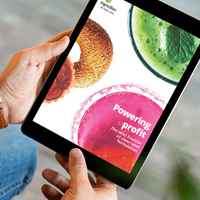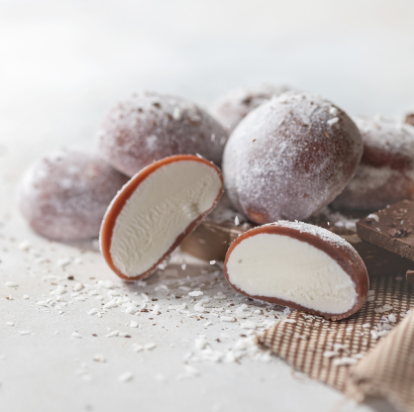
Texturants and texturiser solutions
Optimise formulation and eating enjoyment with the right texturiser
Texturants impact more than just the texture of food and beverages; they influence consumer perception and differentiate brands. Alongside flavour and indulgence, texture is a key driver of overall eating enjoyment, enhancing flavour delivery. Consider fried chicken. While the meat may taste and feel similar across brands, those that achieve the perfect crunch with a crispy, flavourful batter or breading stand out.
Texture is also a critical factor in consumer buying decisions. According to our 2024 Texture Research study, 25% of consumers find texture to be more important than flavour when choosing food and beverage products, and more than half (52%) said they would not eat a food if they didn’t like the texture.
This becomes even more of a factor for specific categories. Seven out of 10 respondents in our study indicated that texture is “very important” for yoghurt, baked goods, ice cream, noodles and soups when considering an optimal eating experience. Additionally, product attributes characterised as crispy, tender, creamy or silky/smooth were the most appealing.
Combining insights-driven expertise, technical mastery and comprehensive solutions, Ingredion’s Texture EquationSM helps food and beverage manufacturers unlock the ultimate sensory experience and deliver differentiated products that consumers love. Together, we can identify the right chewy, crunchy, creamy or functional build-back texturiser solution to give your products a competitive edge on the store shelf and accelerate business growth.
Texturiser types and performance
From starches and flours to fibres and proteins, a wide range of ingredients can be used for bulking and providing different types of textures. Texturisers are available in various base materials such as tapioca, potato, rice, corn and pea to suit your label and texture needs. Cook-up, cold water swelling (CWS), and certified gluten-free options are also available. Learn more about common texturisers:
Applications
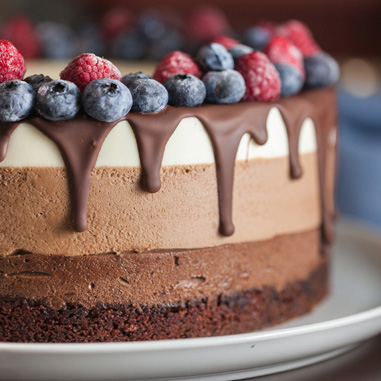
Bakery
Use texturants to create moist cakes, donuts, brownies and muffins; chewy or crunchy cookies and biscuits; glossy, shiny glazes, icings and frostings; springy gluten-free baked goods; and cohesive egg-free/reduced-egg baked goods.

Batters and breadings
From light and crisp to dense and crunchy, texturants provide just-right texture, adhesion and film-forming capabilities, even in gluten-free and clear coatings.

Beverages
Texturants add body to plant-based beverages and can be used as part of a system in nutritional beverages and reduced-sugar products.

Confectionery
Enhance body in fruit fillings and creamy centres; develop solution-stable films; provide texture in sugar-free/reduced-sugar candies; and use in place of gelatin for vegan or halal gummies.
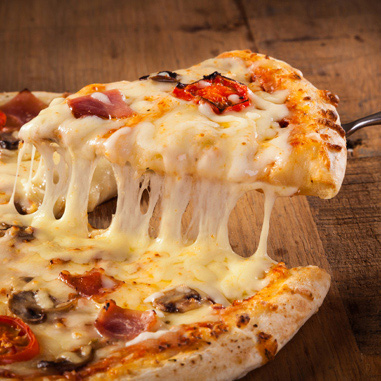
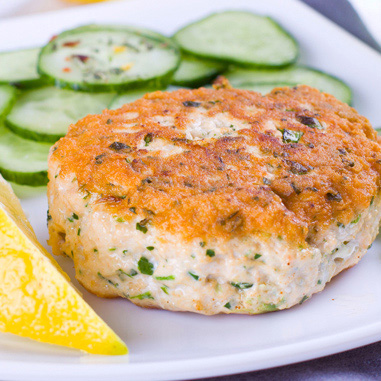
Meat, seafood and poultry
Texturants help reduce purge and increase succulence in marinated meats as well as enhance texture in nuggets and patties.

Noodles and seasonings
Use texturants in place of more costly solids in noodles and seasonings without compromising the eating experience.
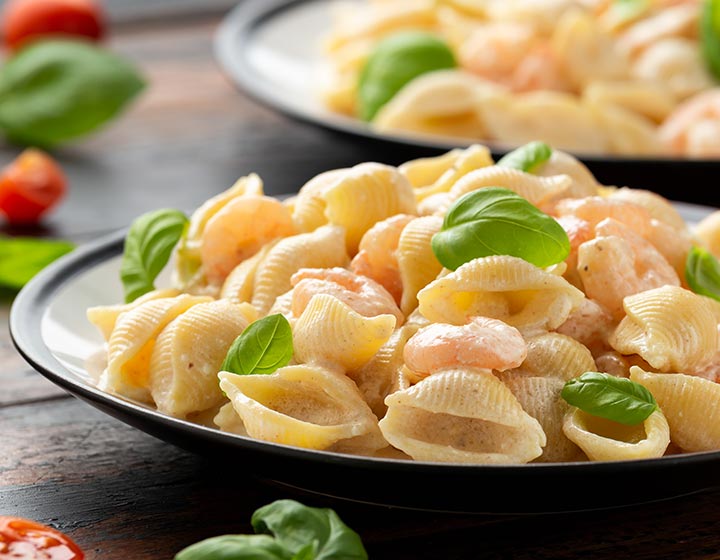
Ready meals
Texturants prevent retrogradation and improve freeze-thaw stability in refrigerated, frozen and shelf-stable meals.
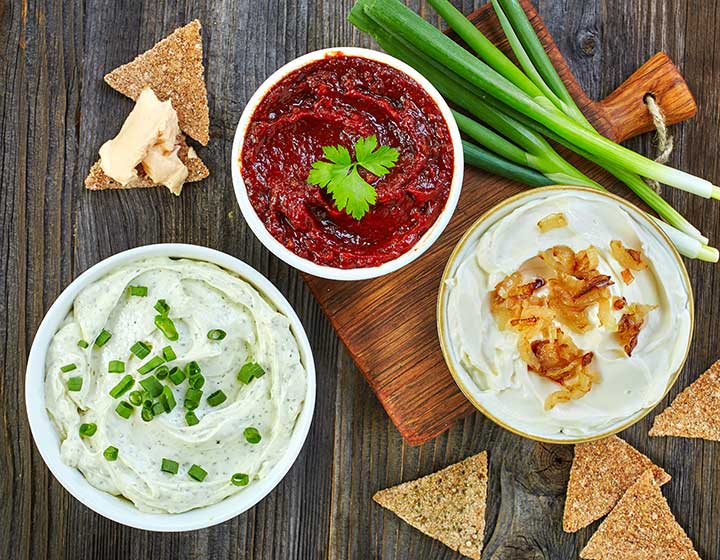
Sauces and dressings
Texturants are used in sauces and dressings to create creamy, consistent textures over shelf life.
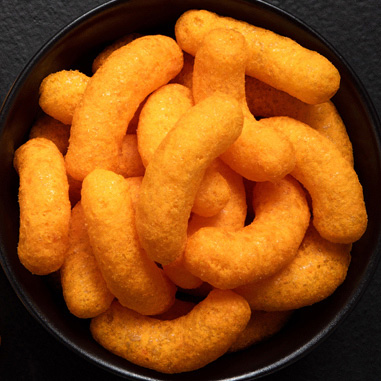
Snacks
From delicate crisps and baked snacks to crunchy crackers, chewy bars and extruded snacks, textutants are incredibly versatile and support a range of eating experiences.
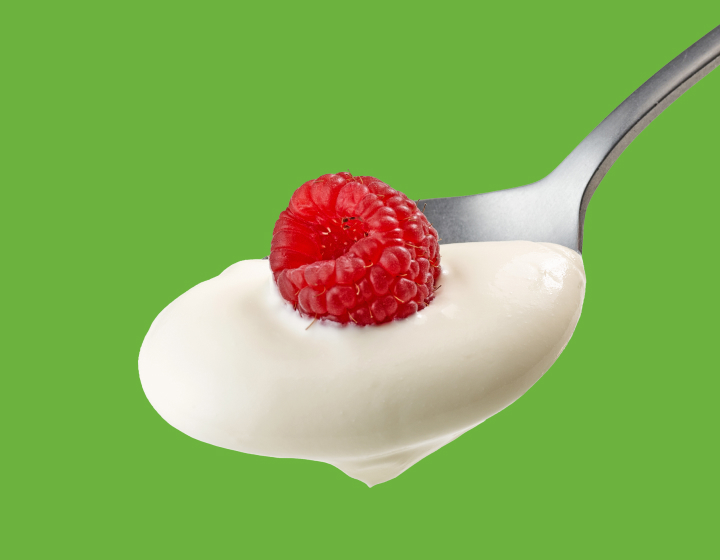
Webinar: Solving the Texture EquationSM: The sum of superior products
February 11, 2025 9am CT/10am ET
From chewy to crunchy — join Ingredion’s experts as they decode the Texture Equation℠ to reveal how insights-driven expertise, technical mastery and comprehensive solutions combine to create exceptional eating experiences.
Texturants FAQ
What is texture?
Texture is the feel, appearance or consistency of an object. In food and beverages, texture can be described as the amount of chewiness, crunchiness, creaminess, body and mouthfeel relative to a control. Importantly, texture impacts taste and can accelerate, decelerate or mask the flavour impact in food and beverages depending on its composition and attributes.
What is the difference between texturisers and texturants?
As it relates to food and beverages, "texturisers" and "texturants" have the same meaning and can be used interchangeably. Usage of one over another may vary by region and locale.
What are some common types of food textures?
There is a wide range of food textures, each designed to deliver a desired eating experience. Food can utilize a combination of textures, including creamy, crunchy, chewy, smooth, rich and pulpy.
What is mouthfeel?
Mouthfeel is the perception of texture in the mouth. Fatty, waxy, astringent, gritty, grainy and pulpy are all examples of mouthfeel.
How is food texture analysed?
There are numerous ways to analyse texture. Our food scientists are trained on how different ingredients and processes impact texture, and they apply this knowledge as they collaborate with customers. We equip our 32 global Idea Labs® with various tools, including a specialised piece of equipment we’ve nicknamed "T-REX®," to measure texture, viscosity and rheology to understand how different ingredients impact applications. We utilize spider charts and sensory panels using specially trained participants whose knowledge of specific textural attributes in various applications enable us to choose which ingredients will get to your ideal texture.
What do consumers look for in food textures?
Consumers seek a sensory experience that matches their expectation of the food or beverage (e.g., crunchy chips, creamy smoothie). They also seek textures that are on trend, exciting, and meet their food preferences and needs.
How is starch different from flour?
Starch is characterised as a powder from which the base material (e.g., corn, rice) has been processed to exclude protein. Flour, which has an even better consumer perception2 ,does not separate the protein from the base material in the finished ingredient.
Do you have texturants that are specifically designed for delicate applications?
We have a broad portfolio of ingredients to suit a range of formulation needs, including low-shear and low-heat processing. We also have a range of ingredients specifically designed for applications which are light in flavour and/or have a neutral flavour.
How does allulose work as a texturant?
Allulose works to deliver functional build-back in sugar-free/reduced-sugar applications to provide functional bulking, browning and freeze-point depression in formulations, similar to sugar.
Let’s make your goals a reality
Agile collaboration. Deep formulation expertise. Broad portfolio of in-demand ingredients. Market research and consumer insights.
1 Ingredion Texture Research Study, 2024
2 ATLAS, Ingredion Proprietary Consumer Research, 2023
The information described above is solely offered for your consideration, investigation and independent verification. It is up to you to decide whether and how to use this information. Ingredion Incorporated and the Ingredion group of companies make no warranty about the accuracy or completeness of the information contained above or the suitability of any of their products for your specific intended use. Furthermore, all express or implied warranties of noninfringement, merchantability or fitness for a particular purpose are hereby disclaimed. Ingredion Incorporated and the Ingredion group of companies assume no responsibility for any liability or damages arising out of or relating to the foregoing.

